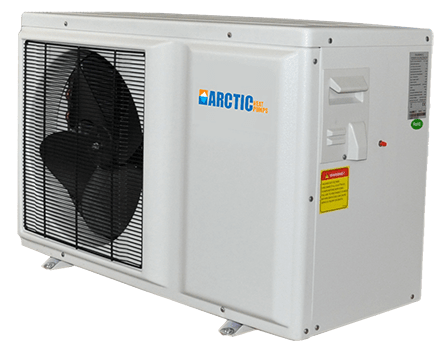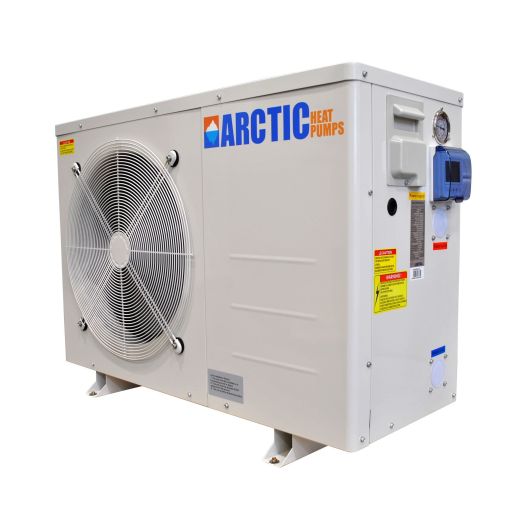How Does Solar Integrated Air Source Heat Pump Work?
Are you searching for the highly energy efficient air source heat pump that works in cold climates in North America? If yes, then you should look no further than Arctic Heat Pump. This heat pump is well-known because of its hydronic heating and cooling benefits.
The air source heat pump system is specifically engineered to integrate with a solar thermal heater. It can increase the overall efficiency and operational costs of the system by a further 20%. However, solar thermal system is a right alternative to integrate with an air source heat pump.

The Arctic Series air source heat pump works better with SunRain solar vacuum tube collectors. They can provide hot water to the system amidst the coldest winter in North America. These collectors are considered as the top technology in the industry and come with 10 years of warranty. The efficient solar vacuum tube collectors are able to produce energy even during cloudy weather.
If the solar thermal system has 80% efficiency rating, it means the system captures and provides 80% of solar energy. As compared to solar PV panels, the solar thermal systems are successful even in the areas with lowest electricity costs around the world.

How does solar integrated air source heat pump work?
Though the solar thermal system includes solar vacuum tubes, they use heat pipe technology. It helps in transferring solar energy to a heat bulb. The heat bulb can attain 300C temperature. Every collector comes with 20-30 bulbs which are inserted into an insulated copper header i.e. a heat exchanger.
The heat pipes transfer heat energy to the header and a special glycol heating fluid. Every header contains 2.2 liters or 0.6 gallons of heating fluid. A temperature sensor is inserted into the header. A second temperature sensor is placed in the bottom part of the heat pump buffer tank. A differential controller with a pump unit senses both temperatures accurately.

When the heat fluid present in the top of the collector goes above the water temperature in the tank, the pump is switched on which results in transferring energy. The hot heat fluid is circulated throughout the large heat exchanger present in the bottom of the tank. After that, the energy is transferred to the storage tank which is again to be delivered to the remaining part of the home heating system.
What makes an air source heat pump ideal for solar integration?
Both
air source heat pump and solar thermal system have the same glycol
heating fluid. They work on the same energy storage principle of thermal
mass. If you’re looking to cut energy costs, you should consider
combining an air to water heat pump with solar thermal system. This way,
you will take advantage of its improved performance and less
operational costs.
Bottom Line –
If you’d like to learn more about solar integrated air source heat pump technology, feel free to contact Arctic Heat Pumps team right now at 1-866-800-8123. We’ll get back to you right away.
Comments
Post a Comment